
Inspiring Germany
Enjoy car-free retreats: 10 holiday islands
No noise, no exhaust fumes – just plenty of nature. Several of Germany's islands have largely banned cars and offer the luxury of pure relaxation as you enjoy nature in an environment safe for children.
Juist: horse-drawn carriage instead of a taxi
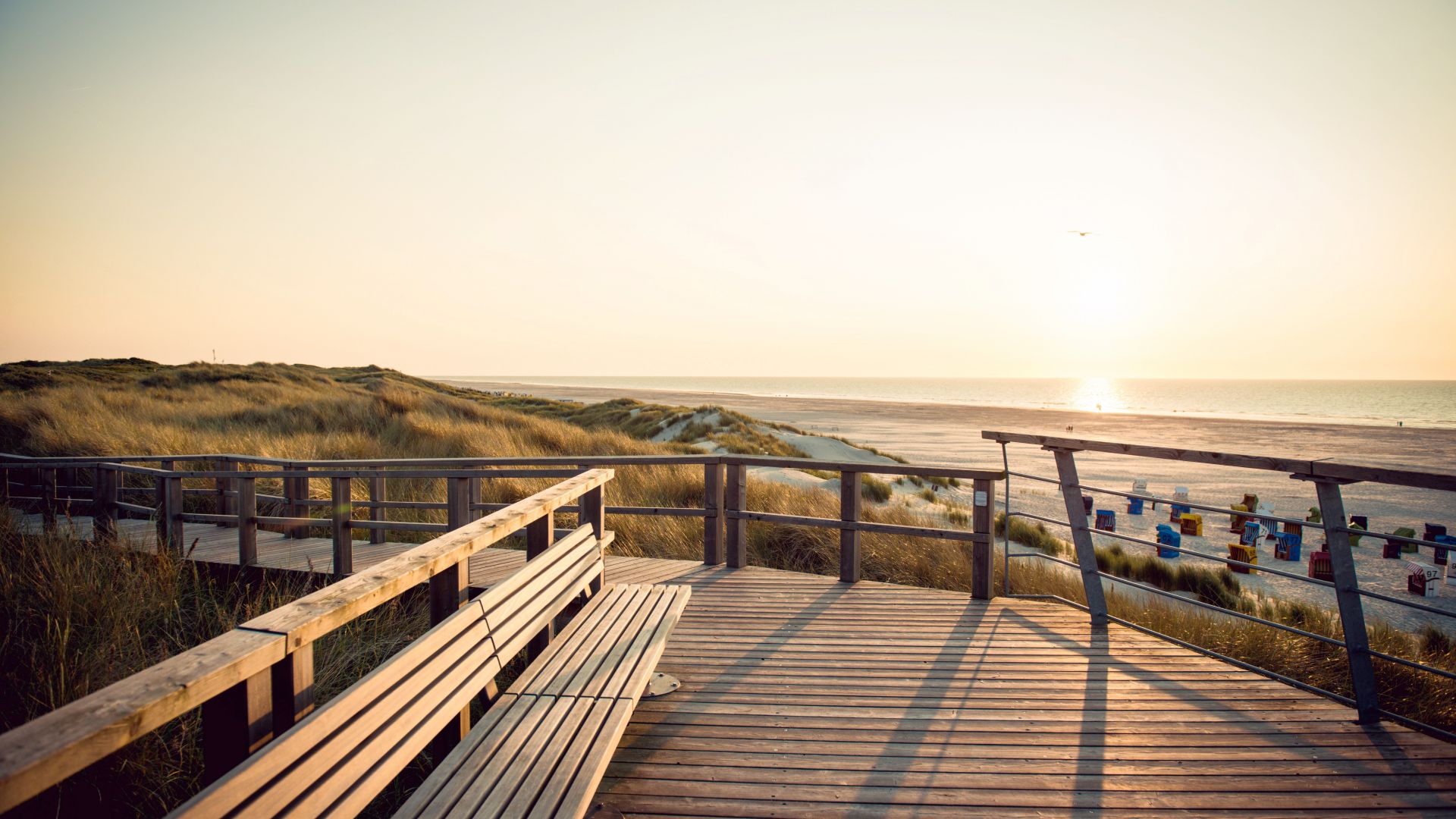 Beachstage in the evening
©Kurverwaltung Juist
Beachstage in the evening
©Kurverwaltung Juist
17 kilometres long and just 500 metres wide at its narrowest point, the North Sea island of Juist is surrounded by the nature of the mudflats. Wind and surf are usually all you will hear. And the occasional whinny. Because here, horse-drawn carriages, not cars, transport people and things around the island. Aside from four-legged friends, bicycles are the primary means of transportation. Time slows down on Juist.
Heligoland: a walker's island paradise
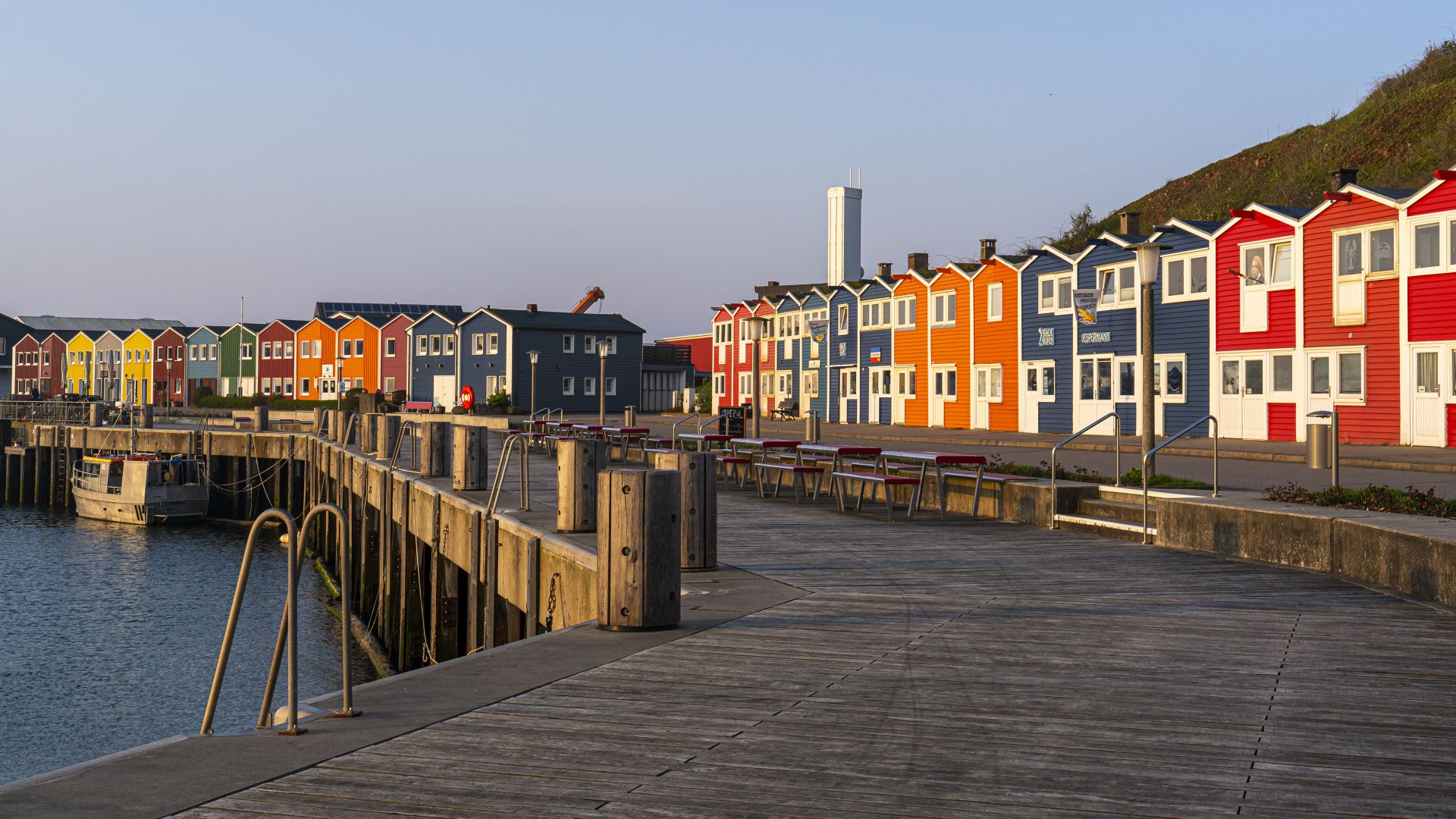 Heligoland: Harbour promenade with colorful houses
©DZT (Andrea Hitzemann)
Heligoland: Harbour promenade with colorful houses
©DZT (Andrea Hitzemann)
Germany's only offshore island is probably the country's quietest isle as well. It has no private cars and even riding a bike is not allowed – except for children, and even then only in the summer from 5pm. In any case, the tiny island doesn't have much room for rushing about. Visitors enjoy a leisurely stroll through the lower part of town and over the uplands to the famous 'Lange Anna' sea stack.
Herreninsel: the Fairy Tale King's castle
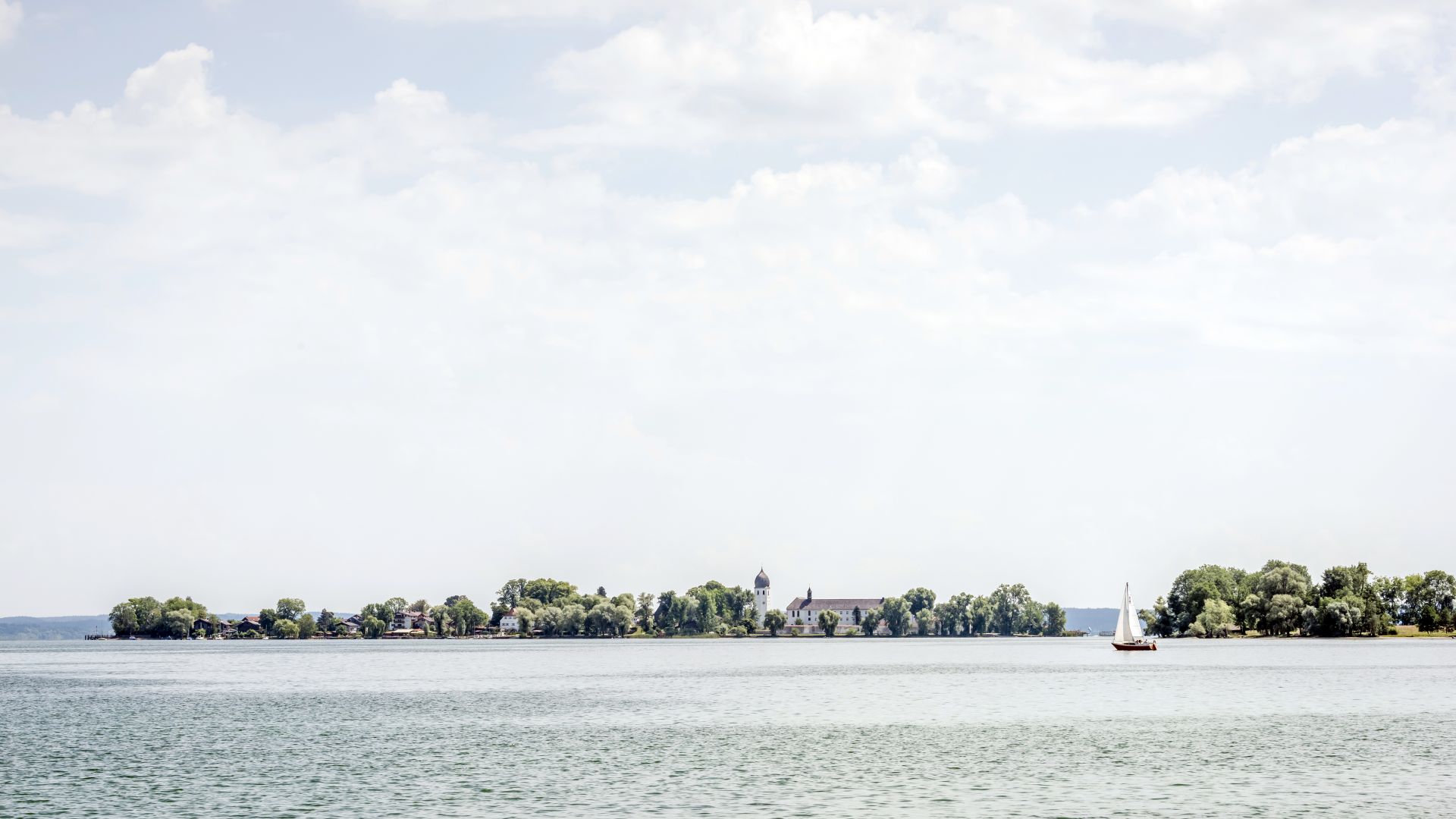 Chiemsee: kings island
©DZT (Günter Standl)
Chiemsee: kings island
©DZT (Günter Standl)
Bavaria's 'Fairy Tale King' Ludwig II had a castle modelled after Versailles built on the Herreninsel in the Chiemsee. It is one of the most popular sights in the alpine upland today. Revel in undisturbed nature away from the castle and monastery. A circular hiking trail takes you past the Seekappelle chapel through dense deciduous woodland with many glorious panoramic views of the mountains.
Baltrum: pure relaxation
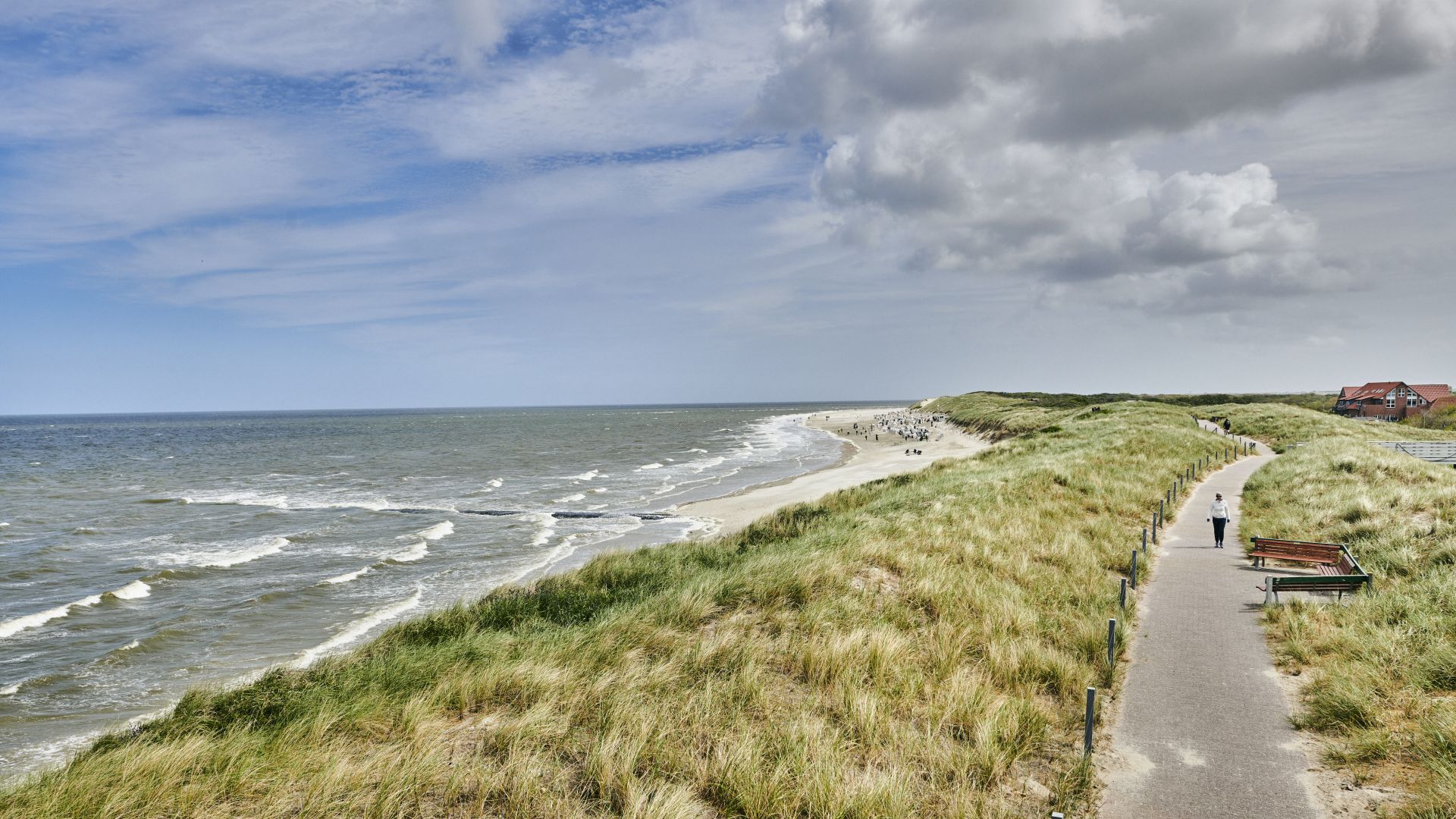 Baltrum: Dunes on the dike
©DZT (Jens Wegener)
Baltrum: Dunes on the dike
©DZT (Jens Wegener)
Time seems to slow during the ferry crossing and your relaxing holiday begins as soon as it docks. Pedestrians, cyclists and horse-drawn carriages are the only traffic you will find on the smallest of the East Frisian Islands. Of the hiking trails all around the island, the Gezeitenweg is the most beautiful. The Inselglocke bell next to the Alte Kirche church built in 1826 is a symbol of Baltrum. Watch the seals frolicking at the island's western end.
Spiekeroog: on the train tracks with one horsepower
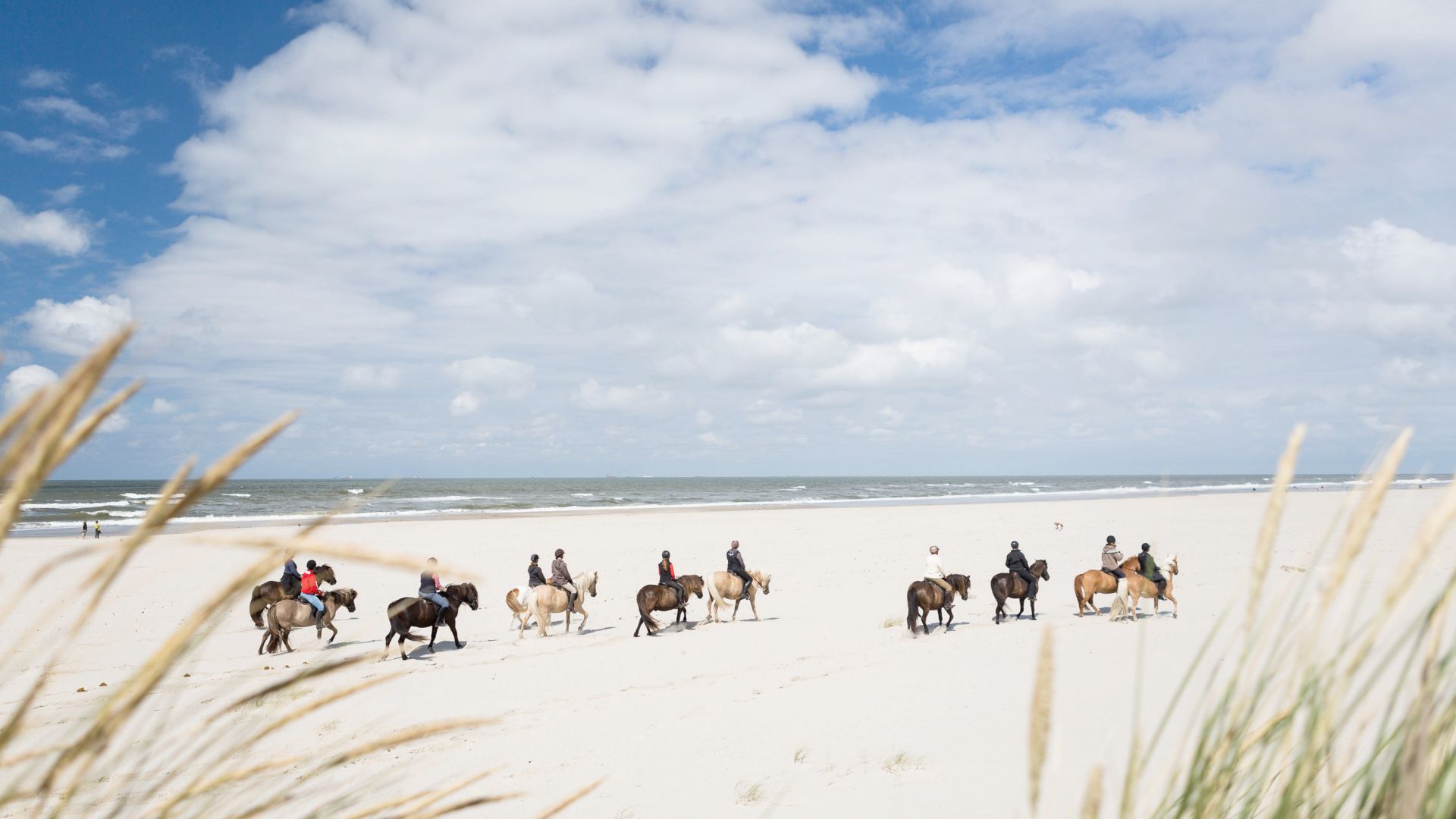 Spiekeroog: Horseman on the beach
©Nordseebad Spiekeroog GmbH (Karlis Kalnins)
Spiekeroog: Horseman on the beach
©Nordseebad Spiekeroog GmbH (Karlis Kalnins)
Ready to ride the railway on the car-free island of Spiekeroog, where not even bicycles are allowed in the village's alleyways? A train pulled by horses already ran between the village and beach more than 100 years ago. Today's guests can enjoy a ride on the 'Museumspferdebahn', the historic horse-drawn railway. Kids also like to travel in a handcart pulled by their parents. Enjoy the island's 15 kilometres of sandy beaches, or take a hike through the mudflats beckoning on the landward side.
Langeoog: panorama view from the Water Tower
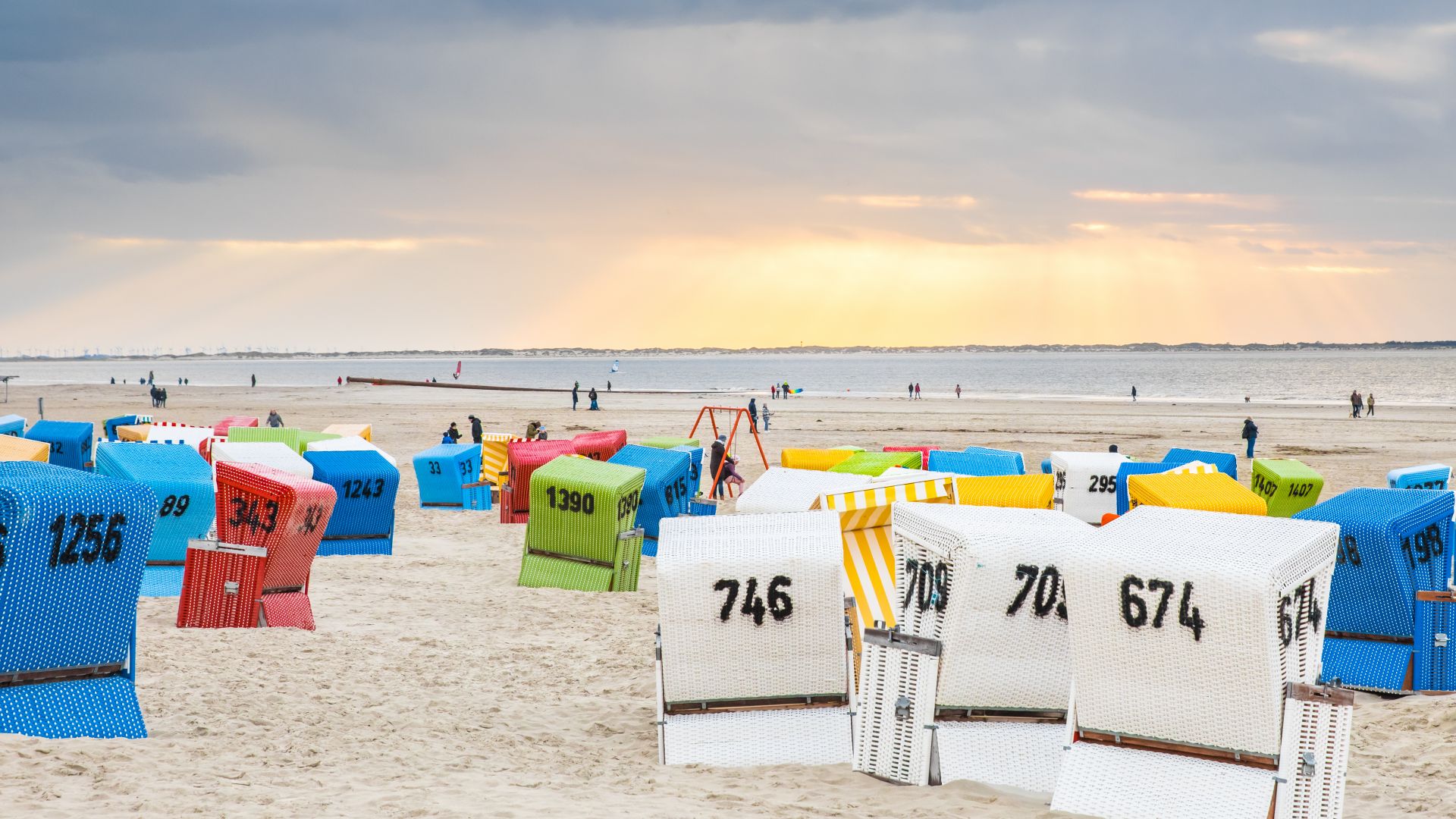 Langeoog: Colourful beach chairs on Langeoog beach
©DZT (Dietmar Scherf)
Langeoog: Colourful beach chairs on Langeoog beach
©DZT (Dietmar Scherf)
Take the ferry to Langeoog and ride the leisurely island railway into town. From there, continue on to your home away from home on foot, by bicycle or by horse-drawn carriage. 14 kilometres of sandy beaches are perfect for long walks. Climb the Water Tower for the best view of the mudflats and dunes with the seal banks spread out at your feet.
Hiddensee: island of the literati
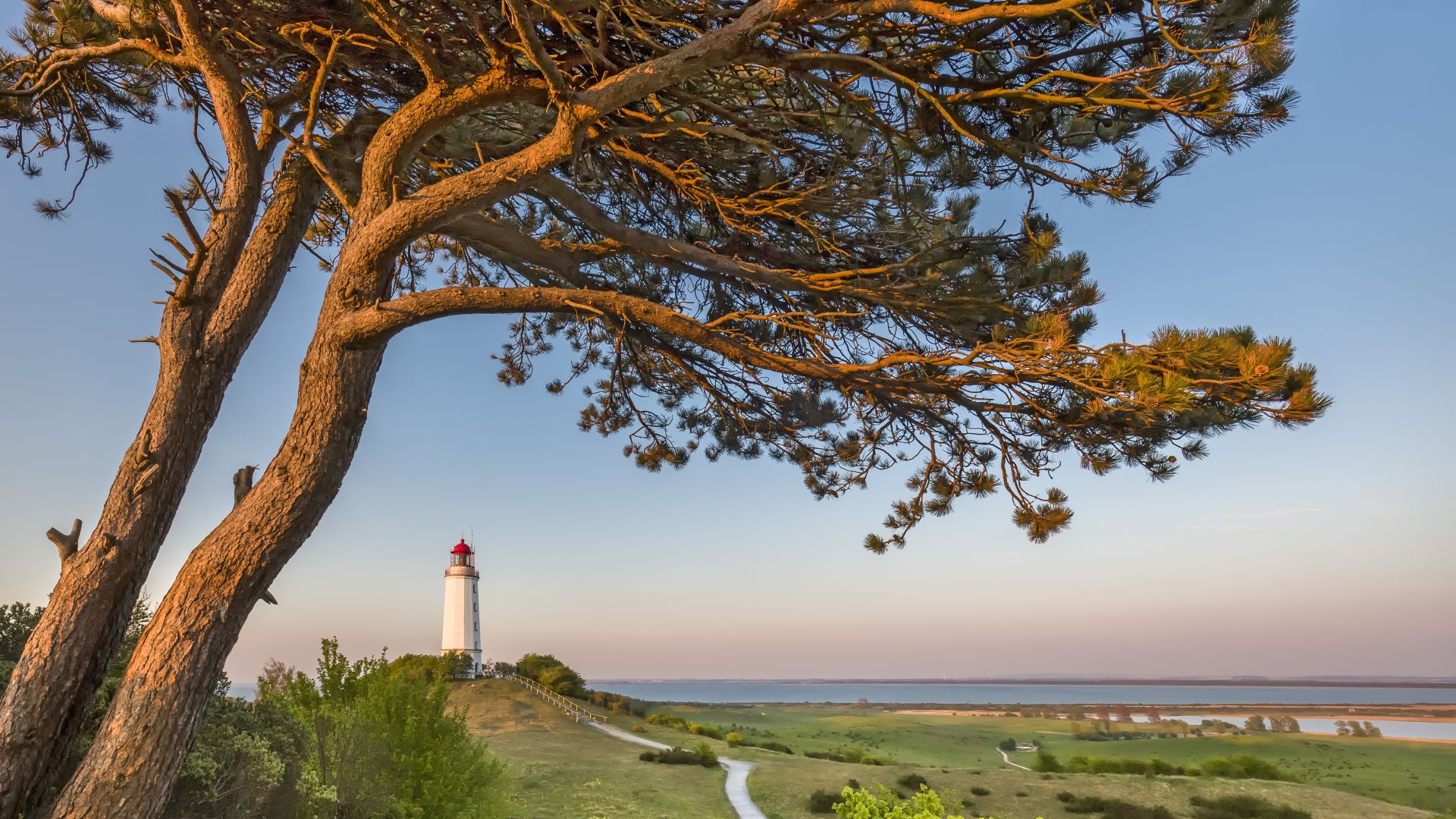 Hiddensee: Lighthouse at the sea
©Lookphotos (Sabine Lubenow)
Hiddensee: Lighthouse at the sea
©Lookphotos (Sabine Lubenow)
The long, narrow island of Hiddensee lies off the west coast of Rügen. Your holiday comes with serenity, sandy beaches and the fresh breeze of the Baltic. Ride a bicycle or take a horse-drawn carriage to get from one small community to the next. Private cars are left on Rügen or in Stralsund. Should the weather fail to play along, take the kids to the tent cinema for a children's movie, visit art galleries or go to the museum in the Gerhart Hauptmann House to learn about the poet who loved to dwell there.
Wangerooge: the island of towers
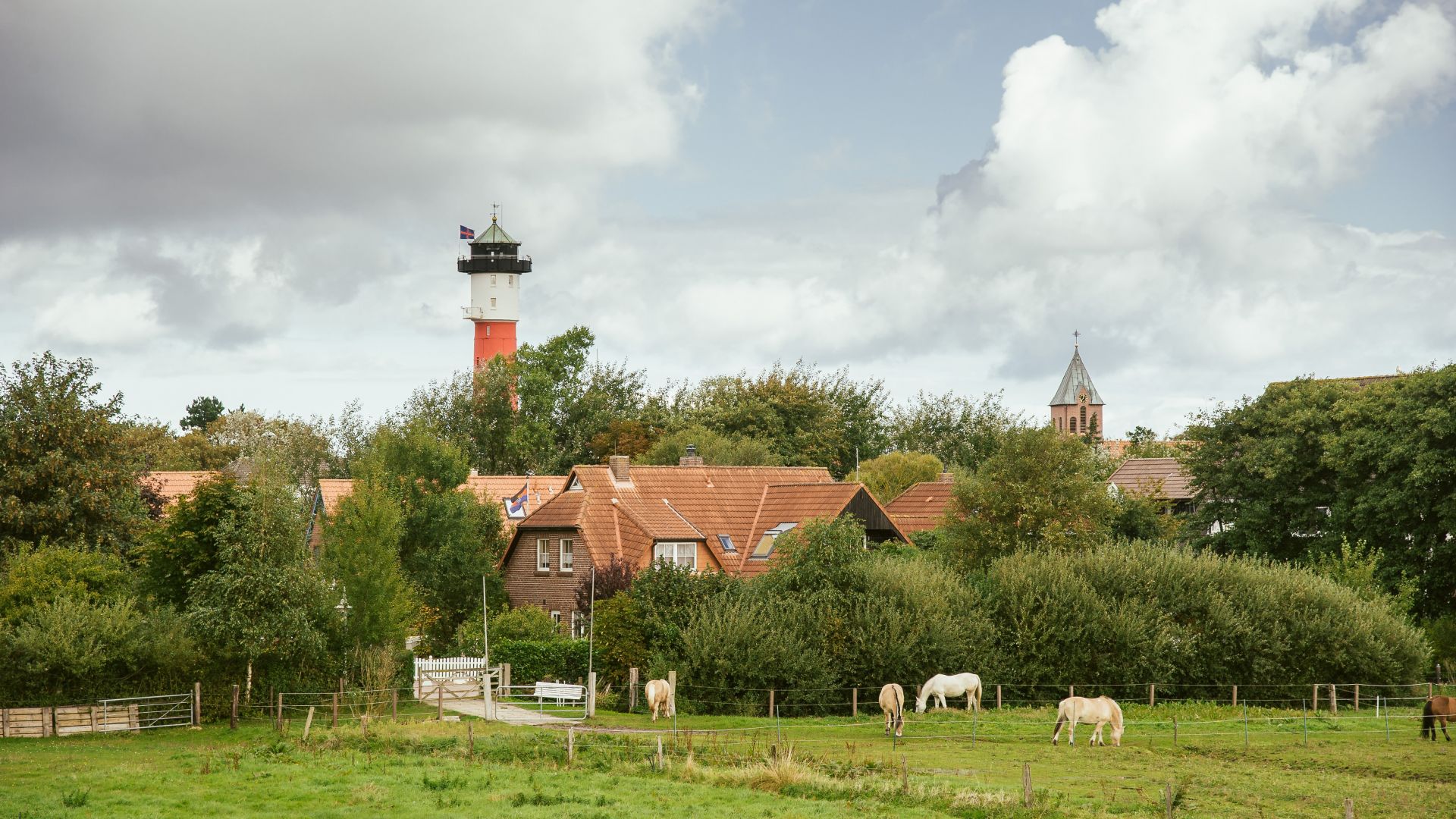 Lighthouse in Wangerooge
©Adobe Stock (A. Schebaum)
Lighthouse in Wangerooge
©Adobe Stock (A. Schebaum)
For the best view of the East Frisian island of Wangerooge , visit the Old Lighthouse. Look out over the salt marshes with the island railway chugging through them from the pier to the village, and over the dunes to miles of beaches. Hostel guests live in the 56-metre tower, which is protected as a historical monument. Outdoor lovers spend the night in sleeper beach chairs under the open sky.
Fraueninsel: church and art
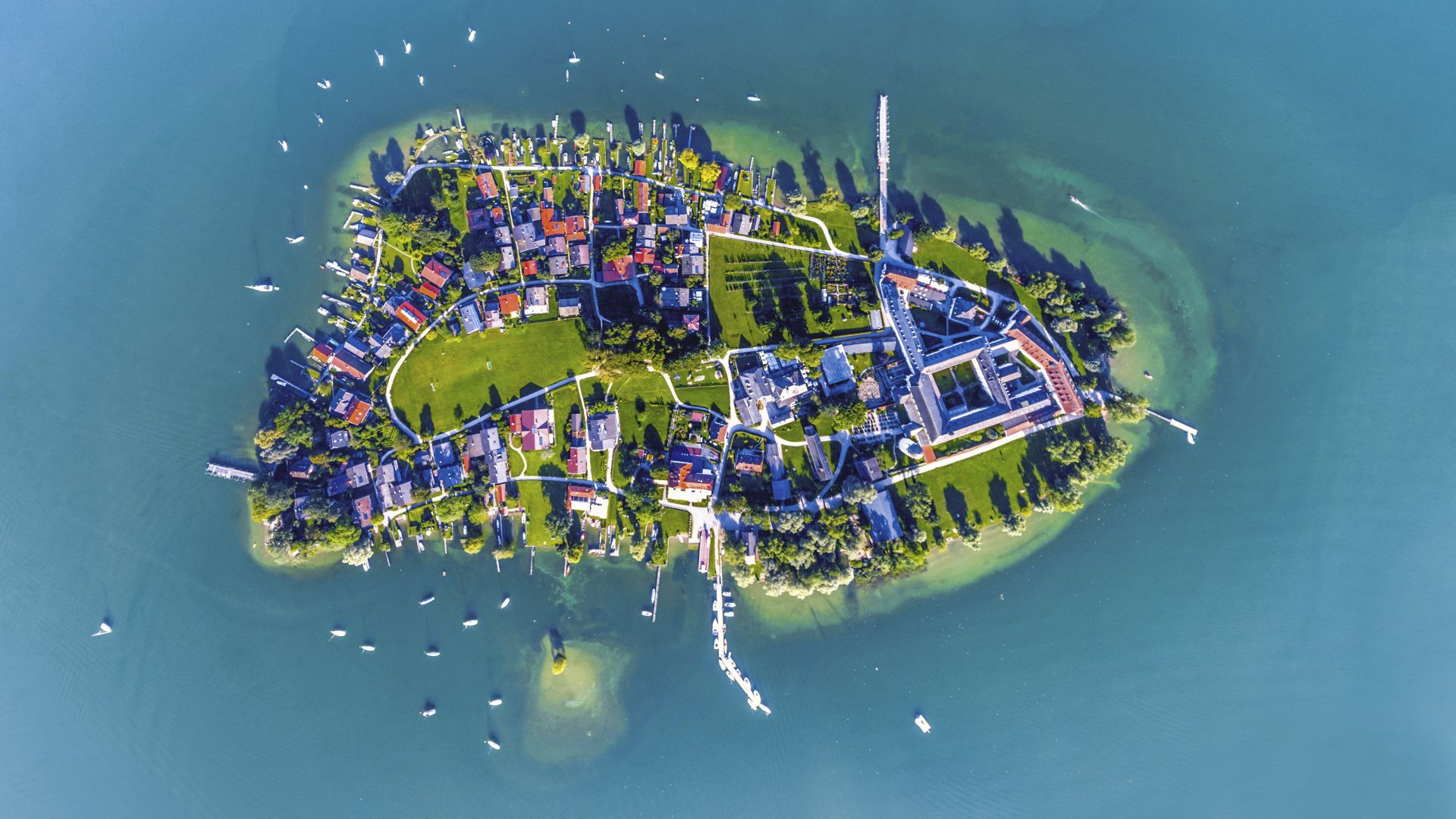 Chiemsee:Fraueninsel from bird`s eye view
©Getty Images (Michael Malorny)
Chiemsee:Fraueninsel from bird`s eye view
©Getty Images (Michael Malorny)
One third of the small Fraueninsel in the Chiemsee belongs to the time-honoured Benedictine abbey Frauenwörth. The island, where cars and even bicycles are not allowed, is usually shrouded in contemplative stillness. Only in the summer do things get lively in the abbey and tiny community. Artists and writers have long since made the island their refuge, which is picturesque in any season even today.
Neuwerk: to the island on foot
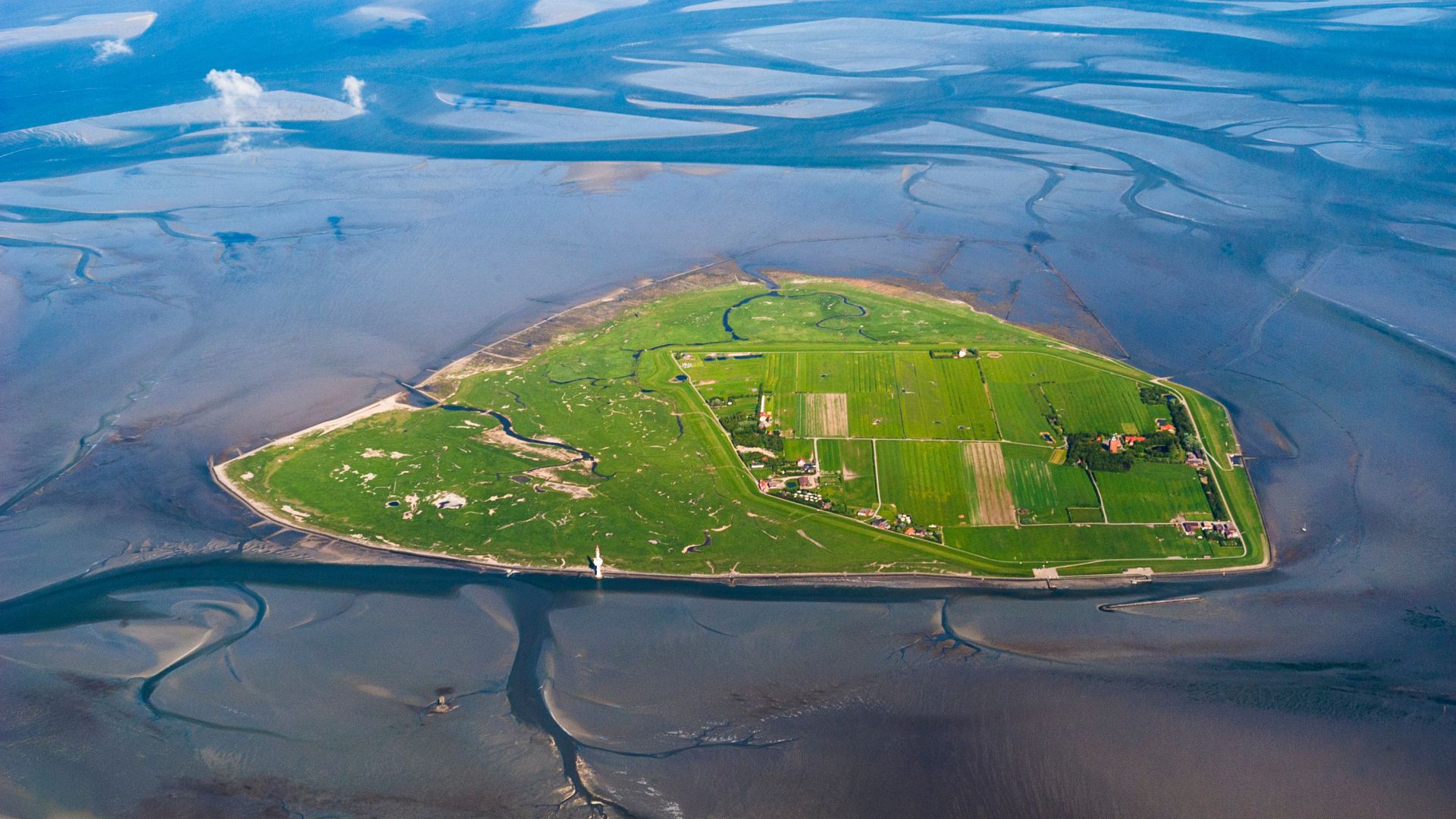 Neuwerk Island in Hamburg at the mouth of the Elbe
©Adobe Stock (Aufwind-Luftbilder)
Neuwerk Island in Hamburg at the mouth of the Elbe
©Adobe Stock (Aufwind-Luftbilder)
The lighthouse on the island of Neuwerk , which is part of Hamburg, looks back on more than 700 years of history. With a height of nearly 40 metres, it was once the tallest structure on the North Sea coast. Today it is the car-free island's biggest attraction. It provides a great view of the mudflats. You can also reach Neuwerk on foot. A hike through the mudflats from the mainland lasts three to four hours, but you should only attempt this with a guide.